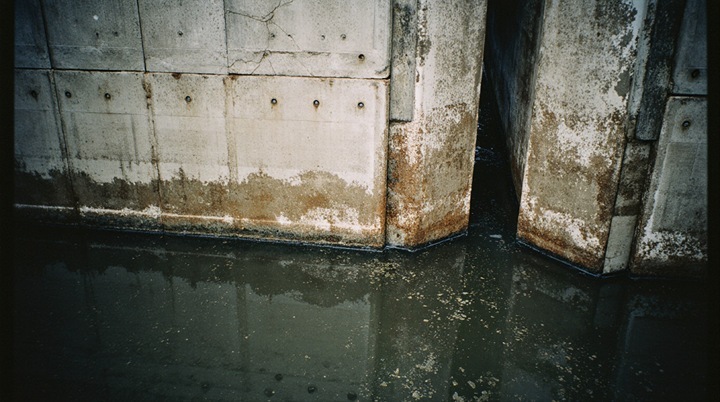EBRD strategy and Rogun Dam: working in the shadow of a risky project
The European Bank for Reconstruction and Development (EBRD) has presented its new strategy for Tajikistan for 2025-2030, in which it outlined plans to support the private sector and the “green” economy. However, the influence of one project, so large–scale that it determines the economic landscape of the whole country, the Rogun Dam, runs through the entire document. The Bank recognizes that it is the ongoing construction of this hydropower giant that is the main engine of investment in the country. The project is designed to realize Tajikistan’s enormous hydropower potential, ensure energy independence and turn the country into a major exporter of electricity. Alas, behind these ambitious goals there are serious risks that form the context for the work of international financial institutions.

The main challenge associated with the Rogun Dam is a huge burden on the state budget. The EBRD strategy repeatedly emphasizes that strict fiscal discipline is required to finance the project, supported by the programs of the International Monetary Fund. In simple terms, the country is forced to allocate huge resources to one mega–building, which inevitably limits opportunities for investment in other important areas – social security, education and the development of a smaller but vital infrastructure. This creates a situation in which the financing of many municipal and transport projects becomes possible only at the expense of external donors and creditors, including the EBRD itself.
The second systemic risk is the growing debt burden and dependence on external partners. A project of this scale requires billions of dollars in investments, which increases the public debt and makes Tajikistan’s economy more vulnerable to global financial fluctuations. The successful raising of funds for the completion of the construction directly depends on the goodwill of international financial institutions and partner countries, which puts Dushanbe in a delicate position in the international arena. Any disruptions in the flow of financing can not only slow down construction, but also provoke macroeconomic instability.
Finally, there is the strategic risk of concentrating “all eggs in one basket.” By betting on one giant, capital-intensive and long-term project, the country’s economy becomes less diversified. The strategy of the EBRD itself is aimed just the opposite – at supporting small and medium-sized businesses in order to create a more flexible and sustainable economic model. Dependence on the Rogun Dam increases vulnerability to unforeseen circumstances: from technical difficulties and delays in construction to climatic changes that may affect the water level in the Vakhsh River.
Accordingly, the EBRD’s strategy for the coming years looks like a pragmatic response to the current reality. The Bank does not participate in the financing of the Rogun Dam completion project itself, but works “around” it, trying to balance the economy. The Bank’s projects are designed to support those sectors for which the state lacks resources and contribute to reforms that in the long term should increase the sustainability of the energy sector and the entire economy of the country, living under the shadow of its greatest and at the same time most risky project.
Daria Syrskikh,
especially for Rivers.Help!
Original (in Russian): Стратегия ЕБРР и Рогунская ГЭС: работа в тени рискованного проекта


